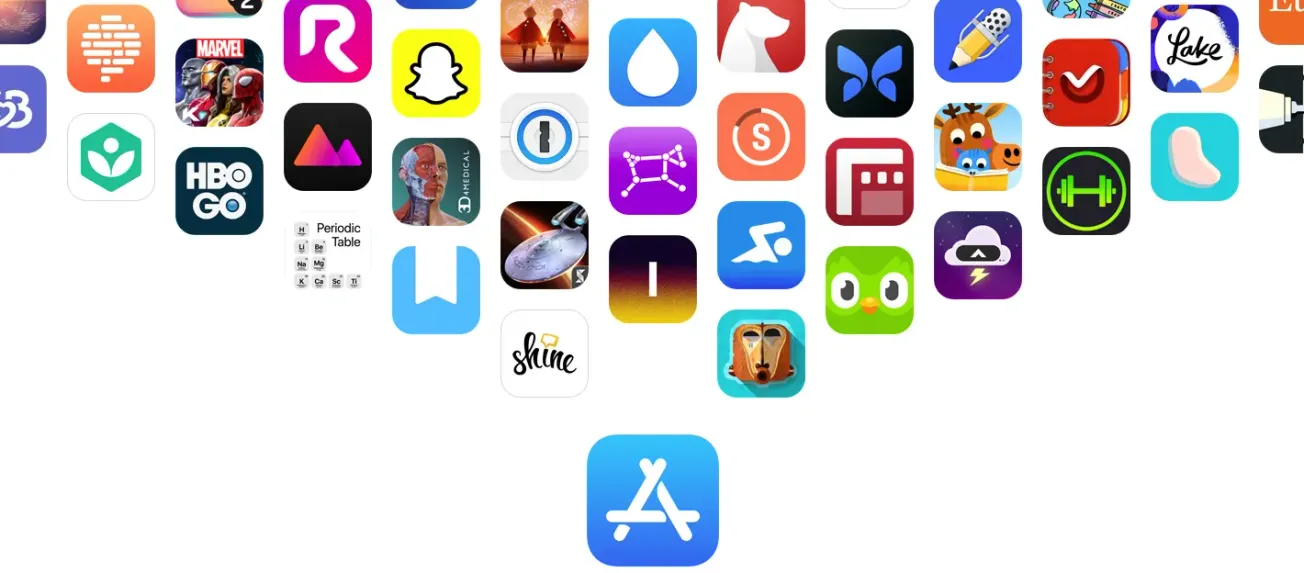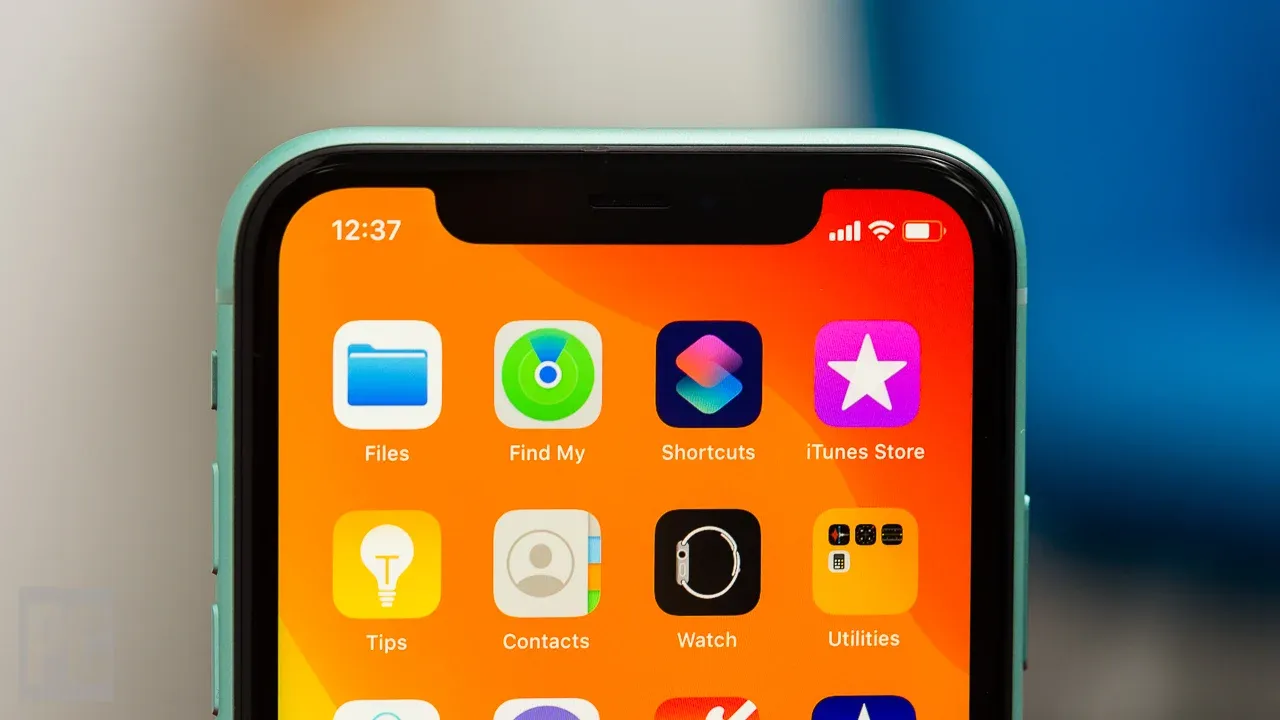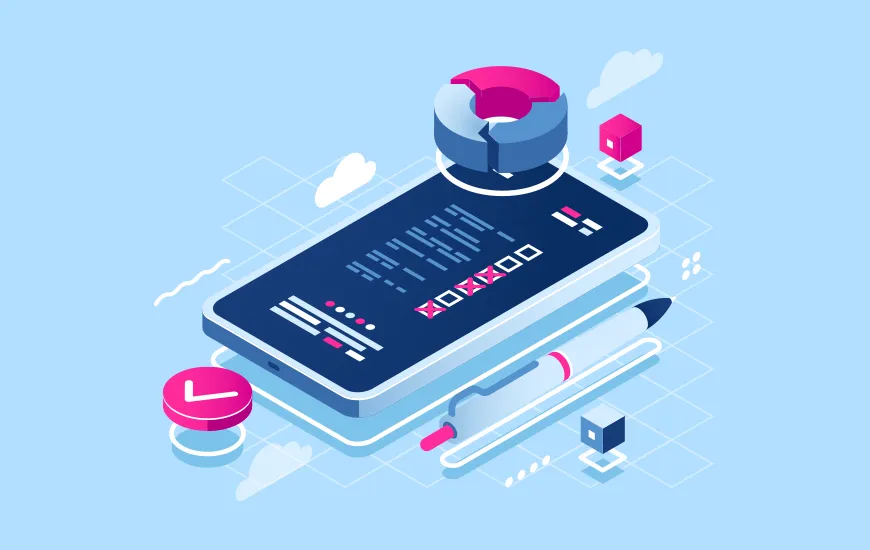I confess : I was a Microsoft fanboy. I have used Windows since my first computer, and Windows phones are the only smartphones that I have ever used (seriously). Not enough? I use Internet Explorer, I use Outlook and not Gmail, Bing and not Google Search, Skype and not Hangouts, Here Maps instead of Google Maps, OneNote and not Evernote, OneDrive and not Google Drive. One thing should be clear, I chose to use a Microsoft services in each case in place of a more popular or better option.
Before Lumia
It is worth noting that I wasn't a Microsoft fan until I bought the first Nokia Lumia in 2011. The Lumia phone was the entry into the Microsoft world for me. There were many reasons why I picked the Lumia over Android or iOS in 2011. I loved the Start Screen on Windows Phone. It made the phone look unique and Personal in the sea of Gingerbread Android phones that were sold at that time (and you know how bad the Android UI was on Gingerbread). I also loved the concept of Hubs and the Pivot-style user interface of the apps. Zune, the application used to sync media on to a Lumia, is the best music player that I have ever used. It all came together rather well. Add to that, the colourful Lumia phones with their beautiful polycarbonate backs. The overall experience was bold and modern in every way.
After Lumia
It all started well. iOS was boring and Android was messy at that time. Neither of them looked matured. Maybe that's why I never felt let down by Windows phone at that time. I was happy with even the limited number of apps at the beginning. I loved my Windows phone so much that the love swiftly translated into love for Microsoft as well. As a passionate person, I slowly but surely became a fanboy. I had my share of a typical fanboy life. Fanboy wars with random strangers on the internet – social media, comment sections and forums of Tech news sites, YouTube. Arguments with friends and family. I inspired (okay, influenced) many people around me to buy a Windows phone. My Dad, Brother, Sister-in-law, few friends bought Windows phones.
My digital life changed tremendously after buying a Windows phone. I needed to deserve to be a fanboy. I needed the fanboy ego (which could be leveraged during fanboy wars). I started using Hotmail (now Outlook) as my primary mail service. I changed my search engine to Bing (it wasn't half as bad as people claim, though). Skydrive (now OneDrive) was my preferred cloud storage destination. I used Zune more religiously. Skype’s popularity helped me settle more easily. My Windows phone had Nokia maps (now Here Maps) that had one feature that Google Maps didn't have — Offline maps, and you know how easily such things become important to a fanboy.
After iPhone 4 and Android ICS
But it all started with the iPhone 4 and Android ICS. All the iPhones from iPhone 4 had wonderful displays, excellent cameras and had all the best apps in the world. Android was soon catching up with Performance, Battery Life and Apps.
But Windows Phone was the same. Microsoft never really invested as much as it should have on their OS like Apple and Google did. In the Microsoft world, everything was “Coming Soon”. Microsoft took 2 years (from 2010 to 2012) to release their next version of the OS, Windows Phone 8 with new features and some catching up. However, there was a big catch. WP8 was incompatible with the existing Windows Phones, and that left me crippled. I had just bought a high-end Windows Phone for spending a fortune just a few months before this news. I was angry, sad, and embarrassed. It didn’t end there.
Unsurprisingly, Microsoft took 2 more years (from 2012 to 2014) to release their next update, Windows Phone 8.1, a very decent upgrade and made Windows Phone a viable competitor. To put this into context, It took until 2014 for Microsoft to come up with a decent competing Smartphone OS, 7 years after the first iPhone was released in 2007. And the result was expected. By then, Android and iPhones were really matured Operating Systems with powerful hardware, a million applications and hundreds of millions of users. Windows Phones were no where close to what Android and iPhones had achieved. To put this into perspective, Apple used to sell 10–15million iPhones in just one weekend, while Microsoft sold 5–7million phones in a whole quarter.
We are the 3%
Windows Phones were on a big time low. Apple was the most profitable smartphone company, making billions of dollars with the iPhone, and Google held the lion’s share of the market with 70% share. Windows Phone made just 3% of the pie, and I was a part of it. I compromised almost anything to stay on the Window's boat. Firstly, my new Windows Phone was outdated within months of purchase as the new update was incompatible. Applications on Windows Phone were never released, even if released, they were released very late, and were crippled, less featured compared to their counterparts on Android or iOS. I had to make do with mediocre services and apps. I still prioritised my loyalty over usefulness and comfort. Though I was feeling suffocated with the lack of basic apps like Instagram, Snapchat, Google Maps, I chose to wait. I stayed with Microsoft.
My 2nd Windows Phone
Windows Phone had no updates again for more than a year, and it again looked like it would take 2 years (from 2014 to 2016) to release the next version of Windows Phone OS, Windows 10. I am a flagship smartphone type of person, and Microsoft didn’t release any flagship phone in 2014–2015 after the Lumia 930. It increasingly seemed like it would take until early 2016 for a flagship Windows Phone to be released. Everything ‘coming soon’ in 2016. While Android and iPhones were leap frogging Windows Phone with innovation and market share, I had to make one of the important decisions in Early 2015. My Windows Phone has been outdated for 3 years now. I had a big problem. It was 2015, and I didn’t have access to basic apps which people on Android and iOS take for granted, like Ola Cabs, Uber, Paytm, Google Maps, YouTube, Instagram, and Snapchat. I needed help, I had to get a new phone. But which one? Windows Phone had no flagship offering, I wouldn’t buy Android or iOS. I was in trouble. But with my loyalty-bound heart, I had to compromise, and I chose to buy a mid-range Windows Phone.
After Satya Nadella’s Email
I was mostly satisfied. My new phone was good (okay, not-outdated) and I could use basic apps. I still couldn’t use Snapchat and Google Maps, as those apps weren’t released for Windows Phone. It didn’t bother me much, I was used to compromising and using alternatives for everything. But meanwhile, something mind-blowing happened.
Satya Nadella was the CEO for a year now, and he was changing the company in ways no one imagined or expected. He was doing an impressive job at transforming this beast of a company. Then, one day, came an email from Satya Nadella about the tough choices he had to make to transform the company. And it was about Windows Phones and Nokia Acquisition. Microsoft wasn’t making any money out of Windows Phones, and he had decided to write off most of the Nokia deal of $7.6 billion. The write-off was a big deal. Moreover, Satya Nadella announced 18,000 job-cuts, of which most of them were from the phone division. Microsoft announced that it would release not more than 3 Models of Windows Phones a year and would depend on OEMs to release and create a vibrant ecosystem of Windows Phones.
It's all over
I panicked after reading the Email from Satya. I felt betrayed. There were all sorts of crazy news stories in the media about Microsoft giving up on Windows Phone. I couldn’t digest it. I didn’t agree to it. I was all defensive. I had an argument for every negative thing being said. I was still very optimistic and formulated crazy theories of how this new strategy of Nadella would actually benefit Windows Phone.
All this was short-lived. It took just a day for me to actually see the truth behind the Email. Though they didn’t seem to admit it, Microsoft had indeed given up on Windows Phone. It was crystal clear to me once I had come out of my cave. Satya had no other choice, he had to move on from the Windows Phone debacle and concentrate on other things to improve the company’s position. Windows Phone was never going to mature, and it probably never will. It just needed a BOLD admission, and Satya Nadella was bold enough to admit that and move on.
This decision of Microsoft would likely benefit the company, the shareholders, and the other projects at Microsoft that required the attention. Windows Phone will likely live on forever as a niche device ecosystem.
Windows Phone belongs to a niche category. A hippie’s phone, if you will. It is not a right choice for a tech-savvy person like me. It wasn’t the right choice for me in the first place. Windows Phone will never mature to a level that would make it a viable competitor to Android or iOS at all levels any time sooner. Windows Phone, in its current state, cannot keep me happy. Yes, finally I am admitting it. I HAVE GIVEN UP ON WINDOWS PHONE.
Postscript
This experience was extremely tiresome and frustrating almost always. I trusted so much in Microsoft and was very loyal. Now, I feel betrayed and embarrassed. Maybe, in the end, I was more passionate about Windows Phone than Microsoft ever was. I am never getting back here, and it would take a lot for me to trust Microsoft ever again. I am jumping ship!










